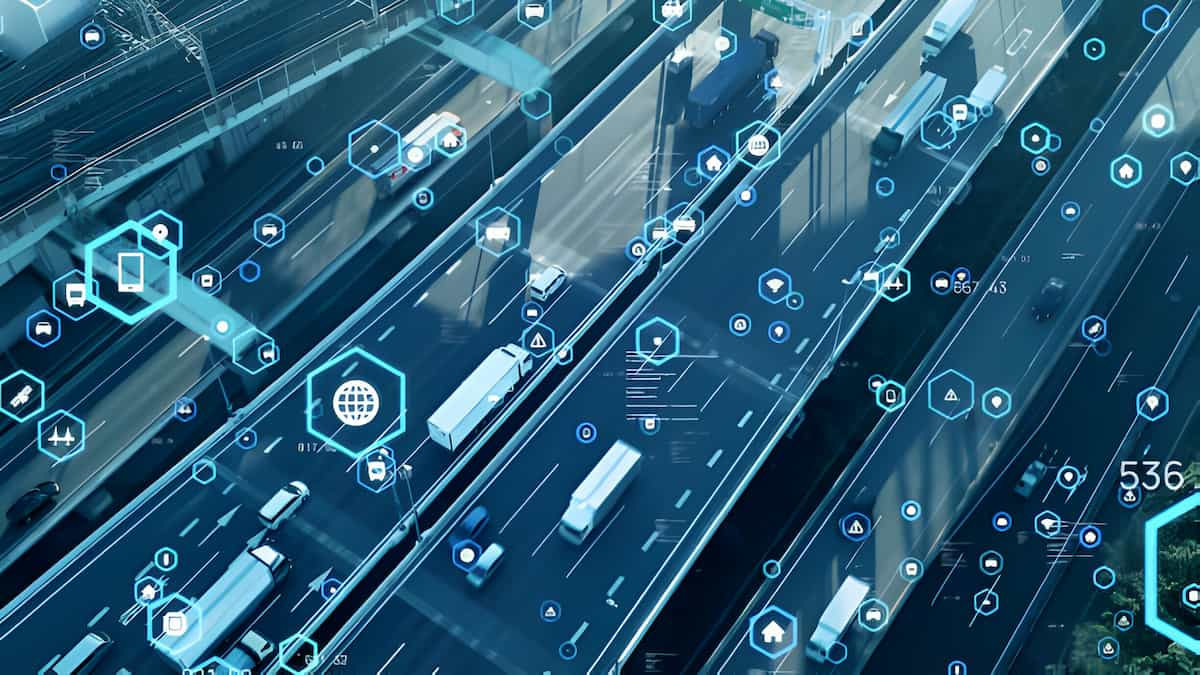MODERNIZING YOUR IT INFRASTRUCTURE
Regardless of industry or company size, modernizing an IT infrastructure is a complex journey. But in spite of the challenges that might arise along the way, the benefits are usually worth it. The benefits are numerous, some of the most noteworthy being streamlined process efficiency, improve user experience and business performance, and ultimately an increased ROI.
Rearchitecting IT infrastructure and changing legacy systems
Prior to getting started, the first step leaders should do is to assess priorities to attain a realistic strategic vision. It all begins with reengineering processes and rearchitecting information technology systems; a journey that can prove challenging and paved with numerous obstacles. On the bright side, should you choose to embark on this quest, the benefits are numerous.
It’s no secret that legacy software and old hardware systems will, sooner or later, fail to deliver. As customer demand increases and tech giants brand about their high-performant tools and tech stacks, companies that refuse to adapt and change will most likely be left behind.
Start by improving business functions that are mission-critical
In general, old legacy systems are incompatible with advanced tech platforms that companies need to go digital. Still, there are organizations – banks and other financial institutions – that depend on their mainframe applications to complete their core business operations. We’re talking about old-fashioned systems that need fine-tuning, and can be updated without spending years on implementation from scratch. This is where advanced technologies like microservices, cloud development services, and mobile computing come in.
The paths to IT modernization are numerous, and every company or organization must assess priorities carefully before getting started. One of the biggest mistakes companies do these days is to “patch up” their legacy systems or worse, “rip & replace” only to build new ones from the ground up. Although the mentioned approaches can render benefits in the short term, in the long run, they will prove risky, high-priced, and time-consuming for the entire organization.
Continue with a fully automated system migration
System migration leverages advanced technologies to transform legacy data and code onto modern platforms. This allows organizations to embrace step-by-step modernization without affecting current business operations. By updating systems at a pace that is not detrimental to the overall IT structure, leaders can continue to do business and little by little get accustomed to the new tech implemented.
For example, legacy application refactoring is an excellent way to improve IT inefficiencies, reduce risks, and reap the benefits of modernization. Although there’s no right or wrong approach as far as refactoring is concerned, the integration of new platforms and advanced technologies into legacy systems will revitalize blockchain development applications, enabling organizations to keep investing in new digital capabilities that are transformative, can lower costs, and ultimately prepare the IT infrastructure for a better and more fluid digital future.
Get used to the mechanics of a modern IT infrastructure
Three core factors lie at the core of a modernized IT infrastructure: data, business logic, and user interface. In the initial stages – also known as the Discovery Stage – an assessment is required to acknowledge and map out an organization’s current IT scenario. Following this stage, Planning comes second. Architectures and app portfolios must be rationalized to be able to craft a plan that can support the modernization approach selected.
Last but not least, a migration tool is selected to enable the conversion of legacy coding language into more modern options like .NET, Cloud Native, or Java; all while keeping the interfaces and functionalities of the legacy system intact. Batch migration is critical in any type of modernization pertaining to IT infrastructures. Following the migration, developers used to coding in legacy languages should have been trained to leverage the refactored code, support, and maintain the new system.
Bottom line is, that modernizing IT infrastructures don’t happen overnight. It’s a journey paved with challenges that companies and leaders should embrace in order to successfully digitize, get ahead of their competitors, increase ROI, and ultimately, get their systems ready for a digital future.
Looking for app development professionals? Reach out to App Maisters today.























